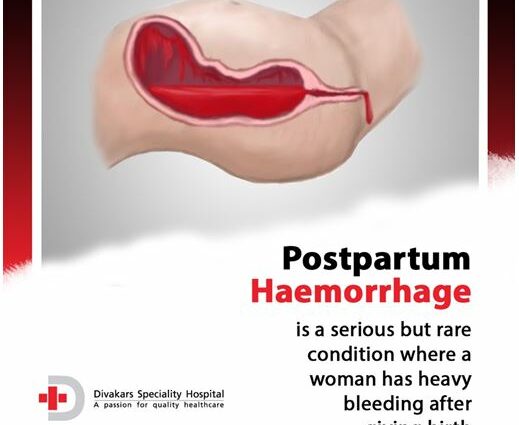Contents
Delivery haemorrhage: a serious complication of childbirth
Postpartum hemorrhage, also called delivery hemorrhage, is the leading cause of maternal mortality in France. This complication, the outcome of which is fortunately not always dramatic, concerns about 5 to 10% of childbirths. The bleeding occurs at the time of delivery or soon after. Once the baby comes out, the placenta gradually breaks off for expulsion. This phase is accompanied by moderate bleeding that stops mechanically when the uterus begins to retract. We talk about delivery hemorrhage when the mother loses a lot of blood, more than 500 ml. Most often, the bleeding is moderate initially and then worsens within hours of giving birth.
“Maternal death” is defined as “death occurring during pregnancy or within 42 days to one year after the end of pregnancy, from any cause determined or aggravated by the pregnancy or the care it takes. motivated, but neither accidental nor fortuitous ”.
Decrease in maternal mortality from hemorrhage
According to the Inserm report “Maternal mortality in France” published in November 2013, maternal mortality is decreasing in France due in particular to a drop in deaths linked to bleeding during delivery. These have fallen by half since the previous report (8% against 16% in 2004-2006). A positive sign which shows that France, long a poor student of Europe, is starting to catch up. For Professor Gérard Lévy, who chaired the National Committee of Experts on Maternal Mortality, these figures are not due so much to technical progress as to better monitoring of protocols by health professionals.
This in-depth work, carried out by the French National College of Gynecologists and Obstetricians and the General Directorate of Health, gave clinical recommendations published in 2004. The care to be provided in the context of obstetric haemorrhage is detailed there very precisely. hour by quarter hour.
50% of deaths are considered preventable
But the improvement has yet to continue. The other lesson of the Inserm report is that more than half of maternal deaths were deemed to be “preventable”, that is to say for which a change in care or in the patient’s attitude. could have changed the fatal outcome. This rate has certainly fallen, but it is still too high. Especially since it is deaths from hemorrhages, the leading cause of maternal mortality, which present the highest proportion of “care deemed to be non-optimal” (81%). Why ? Very often, this is an error of judgment.
This is why it is essential that professionals know the best practices when a hemorrhage occurs after childbirth. And also that they are used to taking charge of this type of complication.
Do you want to talk about it between parents? To give your opinion, to bring your testimony? We meet on https://forum.parents.fr.










